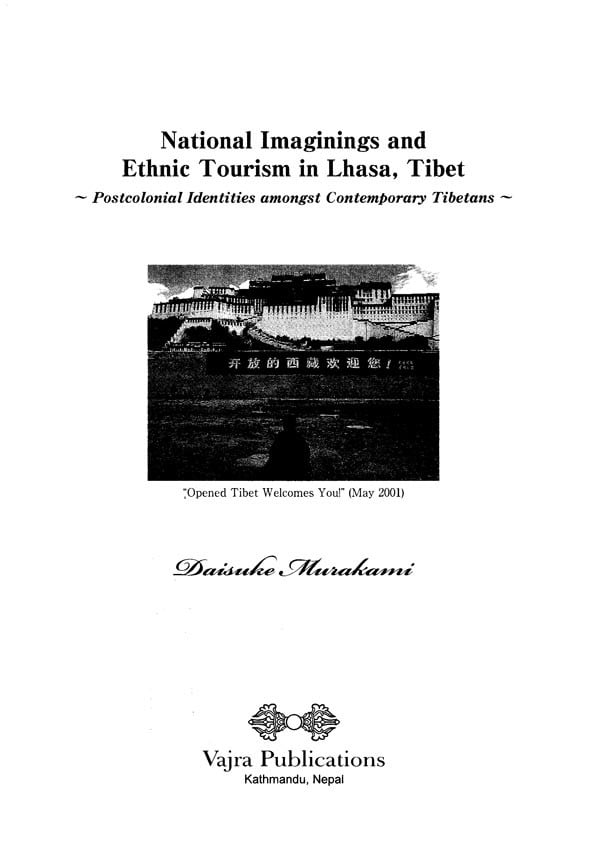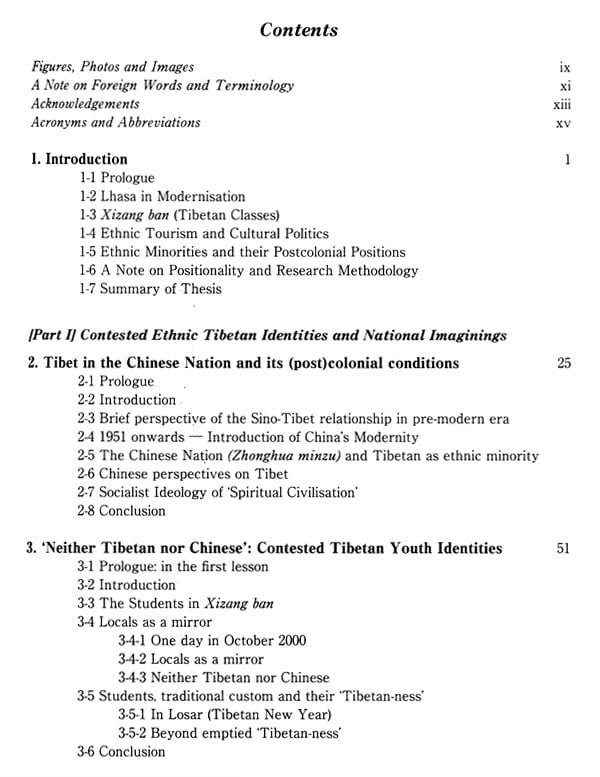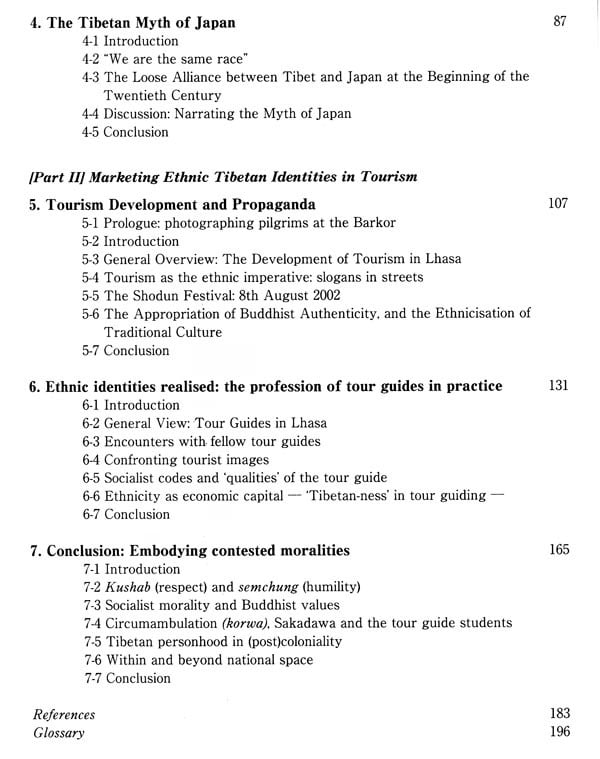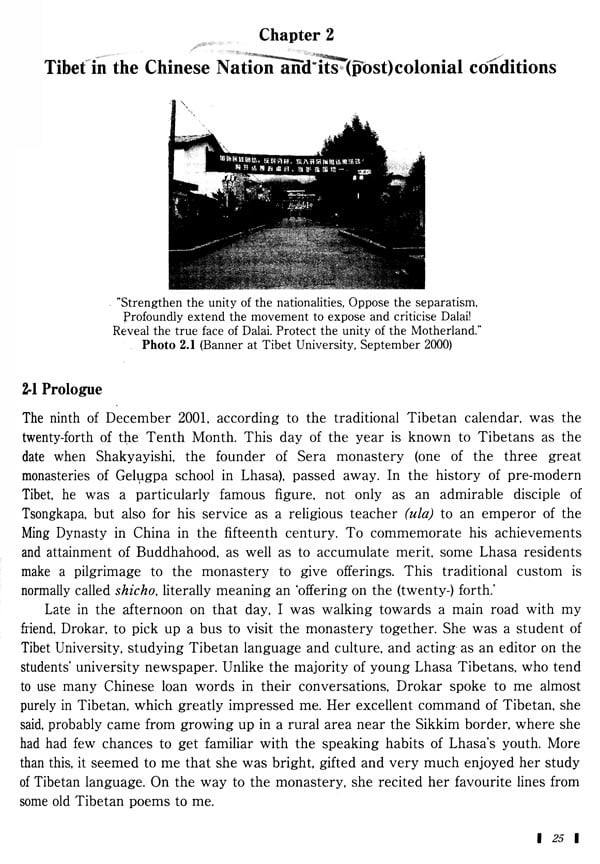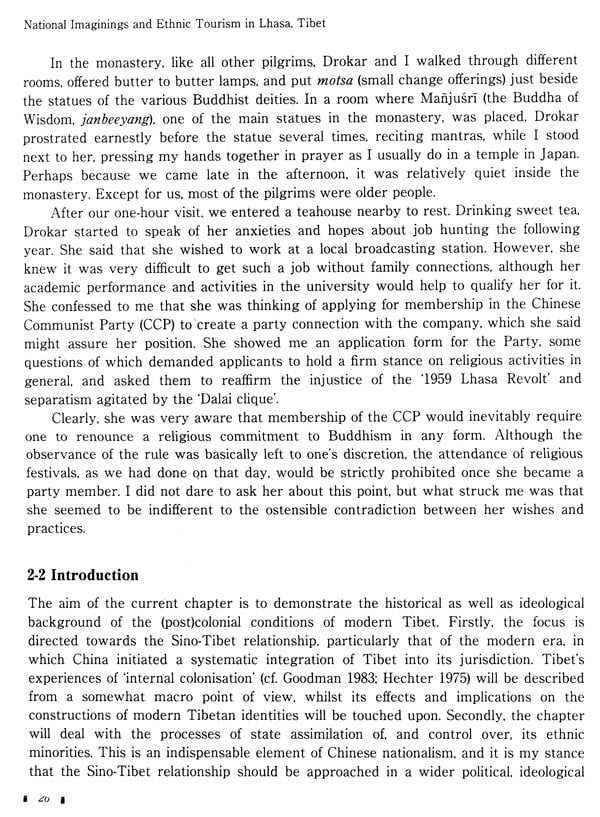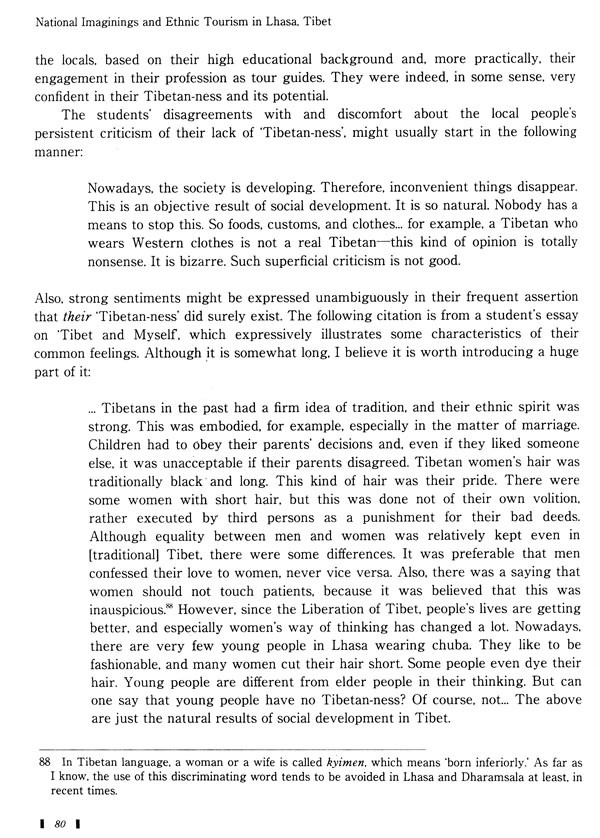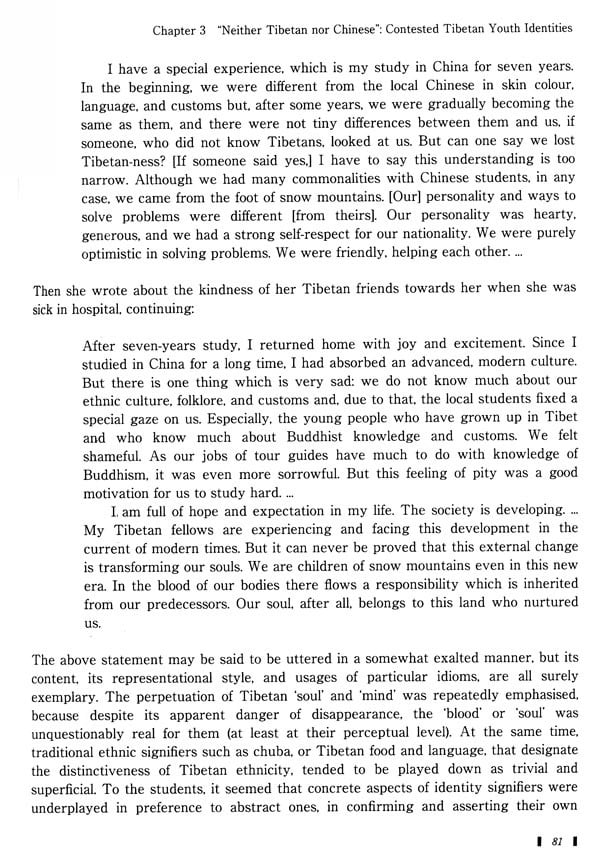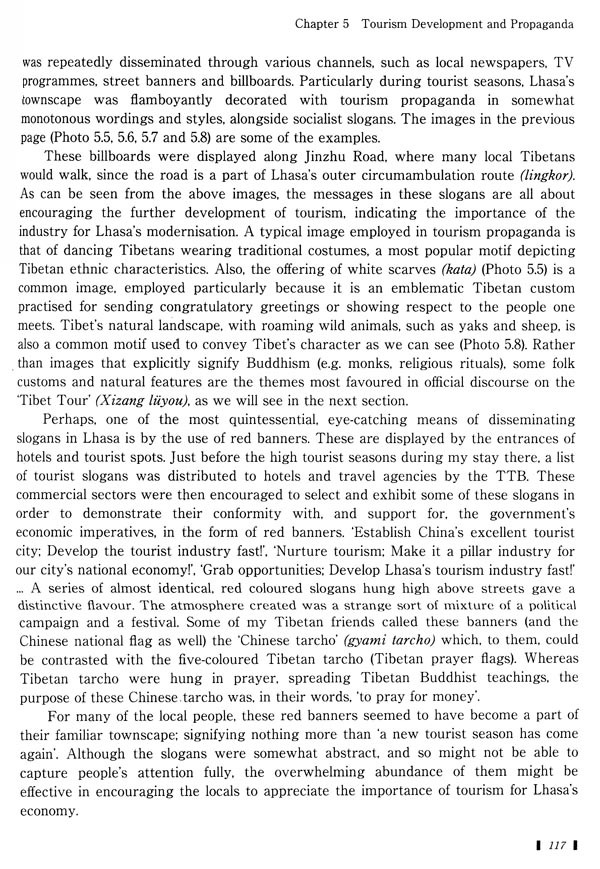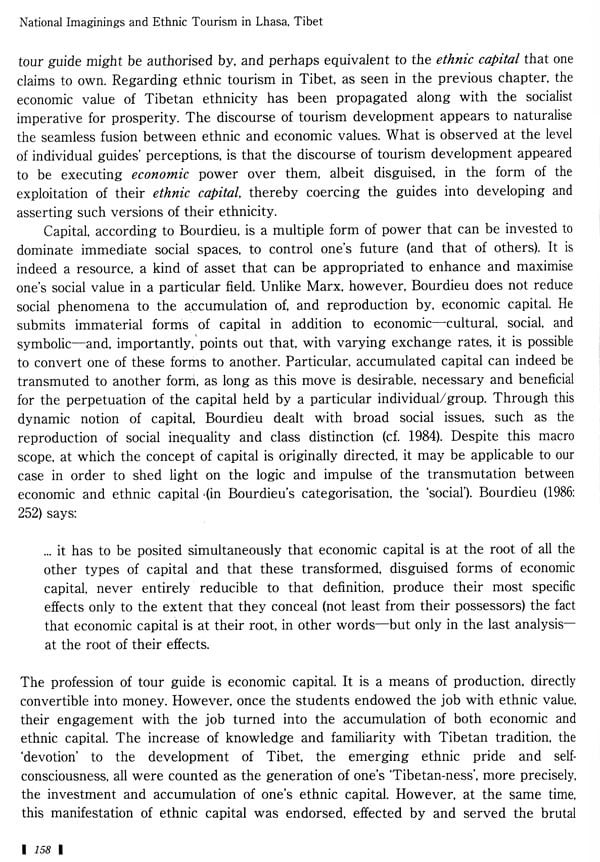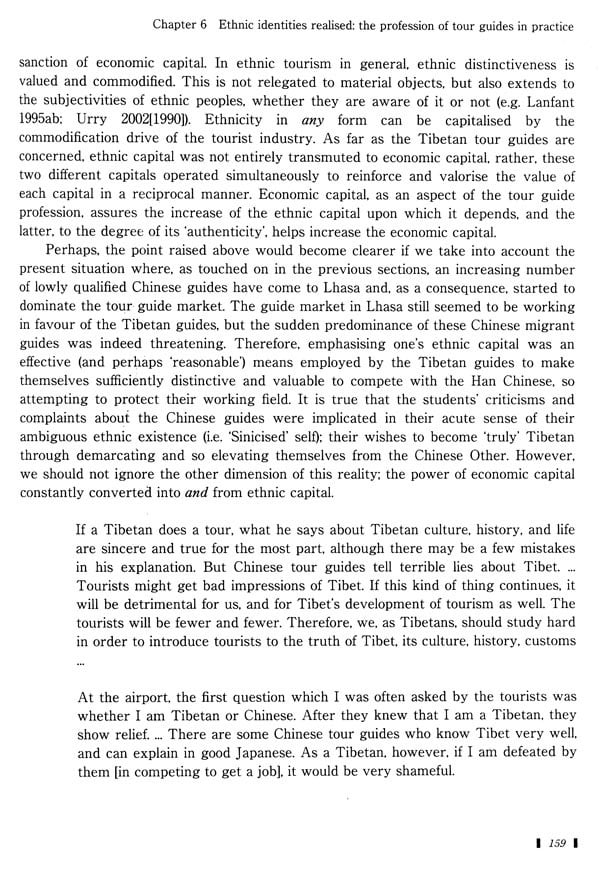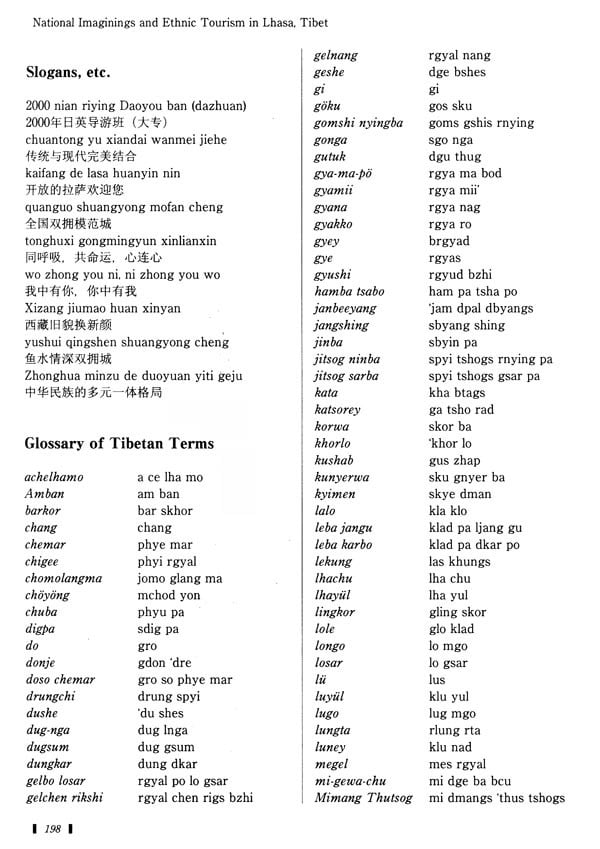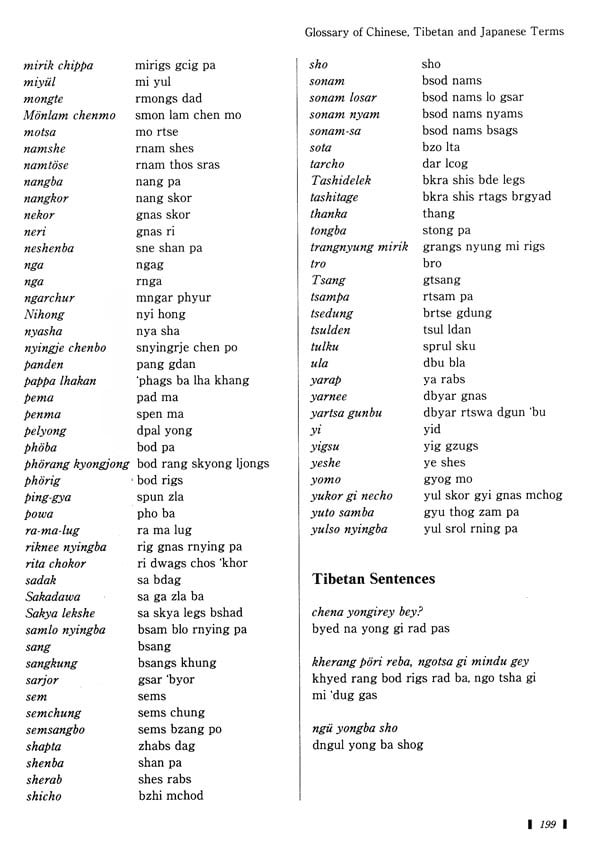
National Imaginings and Ethnic Tourism in Lhasa, Tibet- Postcolonial Identities amongst Contemporary Tibetans
Book Specification
| Item Code: | UAO559 |
| Author: | Daisuke Murakami |
| Publisher: | Vajra Publications, Nepal |
| Language: | English |
| Edition: | 2011 |
| ISBN: | 9789937506588 |
| Pages: | 212 (Throughout B/w Illustrations) |
| Cover: | PAPERBACK |
| Other Details | 9.50 X 7.00 inch |
| Weight | 400 gm |
Book Description
In order to promote further improvement of the whole quality of tour guide cohort (daoyou duites) in our region, forty tour guide students who had been trained from 1997 at Liaoning Yingkou Vocational School passed the national exam to become students specialising in Tibet Tour, and entered Tibet University to attend a tour guide course.
Presently, these forty students twenty for English language. the other twenty for Japanese) have completed their two-year study, and have already been allocated by the TTB (Tibet Tourism Bureau) to tourist companies. where they are being given training. These forty graduates, who hold a tour guide vocational diploma, will be given priority to work in the tourist companies of our region, which will cause a stimulating effect, strengthening the building up of tour guide cohort for our region.
It may be rare in any place in the world that a small group of ordinary students would be given such media attention upon their graduation. The content of the article, and the timing of its appearance. however, well reflects Lhasa's socio-economic trajectory. supported and endorsed by China's Tenth Five-Year Plan (initiated in 2001), which included further promotion of tourism in Tibet as one of its pillar industries. The Tibetan students introduced in the above article had been sent to Liaoning one of the north-eastern Chinese provinces, adjacent to the North Korean border, and had received a secondary education alongside other ethnic groups (Han and Korean). As will be elaborated later, due to China's preferential policies towards its minority nationals. Tibetan children with good academic records are selected and sent to China Proper.
1 The word 'cohort is a direct translation from the original Chinese word duins. In official Chinese discourse, the word is often used to signify a particular professional group, who participate in, and are devoted to China's socialist reform.
**Contents and Sample Pages**
